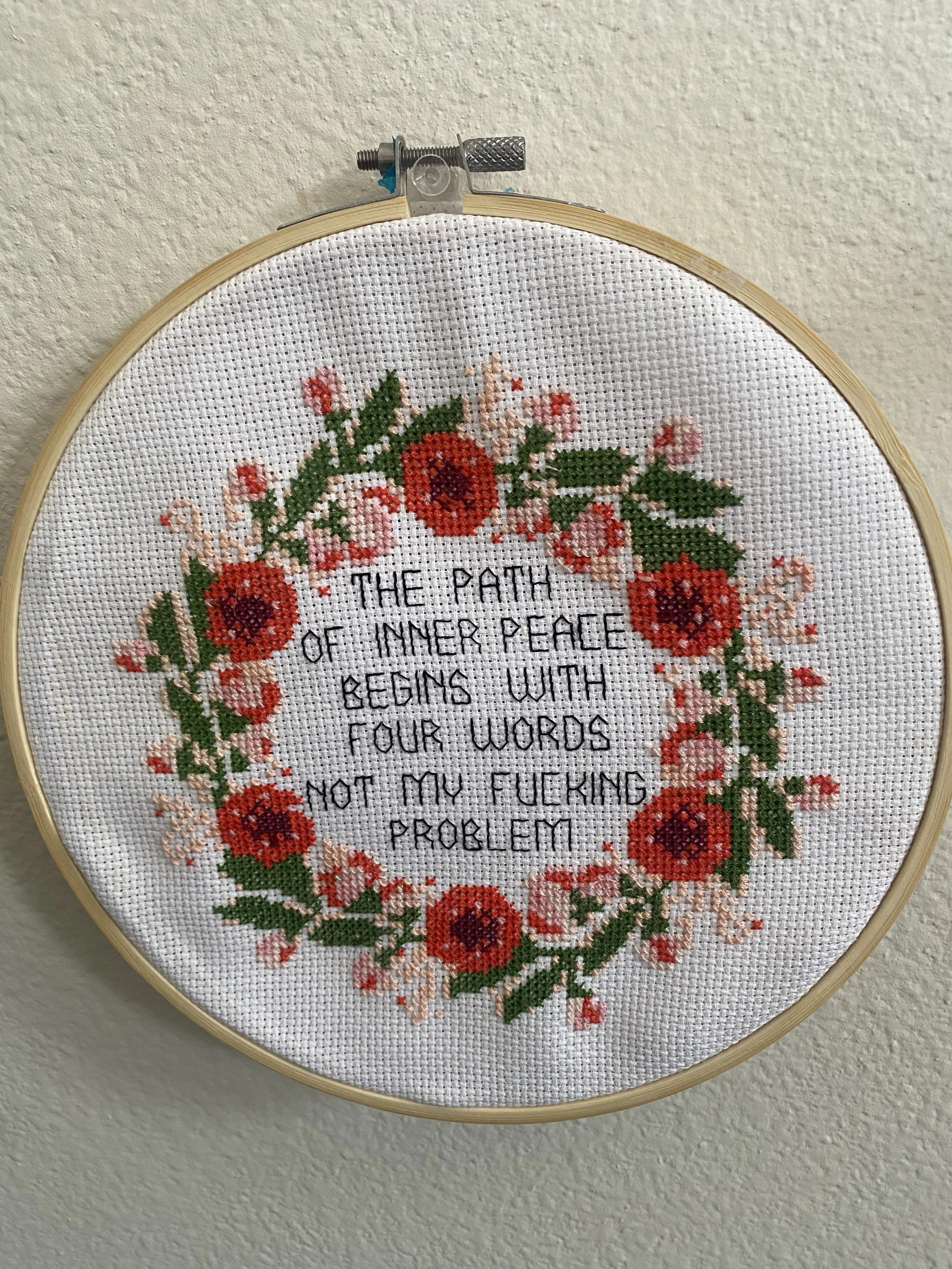How to Rest More Productively: Finding Balance by Engaging Your Hands
In our fast-paced world, the idea of rest can often feel elusive. We're constantly bombarded with messages about productivity, achievement, and success, making it difficult to slow down and recharge. For those who work with their minds all day—whether it's problem-solving, strategizing, or managing complex emotional landscapes—rest becomes even more crucial. But how do you rest effectively when your brain is always on overdrive? The answer lies in a surprising yet simple approach: rest with your hands to give your brain a true emotional break.
The Problem with Mental Exhaustion
If you spend most of your day engaged in intellectual or emotional work, your brain is likely running on full speed for hours on end. This constant mental activity can lead to burnout, stress, and a sense of being emotionally drained. Even when you try to relax, your brain might still be buzzing with thoughts about work, responsibilities, and to-do lists. This is because mental exhaustion isn't just about overworking your brain—it's about not giving it the right kind of rest.
When we talk about rest, many people think of activities like watching TV, scrolling through social media, or taking a nap. While these activities can be relaxing, they often don't provide the deep emotional rest your brain needs. For example, you may come home after a long day seeing clients to turn on a reality television show while also scrolling Instagram but still feeling bored. These kinds of activities sometimes leave you feeling more fatigued because your mind is still processing information and stimuli. To truly rest and rejuvenate, you need to engage in activities that shift the focus away from your brain and into the body.
Why Resting with Your Hands Works
Engaging in hands-on activities can be a powerful way to achieve emotional rest. When you use your hands to create, build, or tinker, you're activating different parts of your brain that aren't as heavily involved in your daily work. This shift allows the overworked areas of your brain to relax and recharge. Moreover, hands-on activities often have a meditative quality that can help calm your mind and reduce stress.
What Makes Resting With Your Hands Effective:
1. Mind-Body Connection: Activities like painting, knitting, gardening, or woodworking require a level of focus and attention that draws you into the present moment. This connection between mind and body can be incredibly soothing and help you disconnect from the mental chatter that often accompanies intellectual work.
2. Creative Expression: Hands-on activities often involve some level of creativity, whether you're following a paint-by-numbers kit or arranging flowers in a vase. This creative expression can be a form of emotional release, allowing you to process and express feelings that might be hard to articulate verbally.
3. Sensory Engagement: When you work with your hands, you're engaging your senses in a way that’s different from mental work. The tactile sensation of clay in your hands, the sight of colors blending on a canvas, or the sound of wood being sanded can all provide a calming and grounding effect.
4. Tangible Results: Unlike mental work, which can often feel abstract and intangible, hands-on activities produce visible, tangible results. This can be incredibly satisfying and provide a sense of accomplishment that’s different from the intellectual achievements of your day job.
Examples of Hands-On Rest Activities
If you're wondering where to start, here are some hands-on activities that can help you achieve true emotional rest:
- Painting or Drawing: Whether you’re an experienced artist or a complete beginner, painting and drawing are great ways to engage your hands and relax your mind. You don’t have to be a professional; even a simple paint-by-numbers kit can provide a soothing and enjoyable experience.
- Knitting, Embroidary, Crossstitch, or Crocheting: These crafts are not only relaxing but also produce something beautiful and useful. The repetitive motions can be meditative, helping to calm your mind and provide a sense of peace.
One of Aubrey’s favorite crossstitch projects that sits in her home office. The crossstitch was a great way to learn a new skill, turn off the thinking brain, and create a new decoration!
- Gardening: Tending to plants, whether indoors or outdoors, can be incredibly therapeutic. The process of planting, watering, and nurturing plants engages your hands and gives you a break from the mental work. Plus, adding plants to your space beautifies your surroundings!
- Cooking or Baking: Preparing a meal or baking a treat can be a wonderful way to unwind. The process of chopping, mixing, and kneading dough can be incredibly grounding, and you get to enjoy the fruits of your labor afterward.
Halloween-themed baking projects? Yes, please. Say no more.
- Woodworking: If you enjoy building or crafting, woodworking can be a fantastic way to engage your hands. The process of shaping and assembling wood can be both mentally and physically satisfying, just please be careful with all the sharp objects.
- Playing a Musical Instrument: If you’ve ever played an instrument, you know how engaging it can be. Playing music not only uses your hands but also provides an emotional outlet that can be deeply restorative. Remember, the goal is not to become the next Mozart, but to allow yourself to rest and enjoy the process of connecting to your body after a long day at work.
How to Incorporate Hands-On Rest into Your Self-Care Routine
Incorporating hands-on rest into your routine doesn’t have to be complicated or time-consuming. Start by identifying an activity that interests you and set aside a small amount of time each day or week to engage in it. Here are some tips to help you get started:
1. Start Small: You don’t need to commit hours at a time to these activities. Even 15-30 minutes of hands-on work can provide significant benefits.
2. Create a Dedicated Space: If possible, create a space in your home where you can practice your chosen activity without too much effort. Having a dedicated area can help you transition into rest mode more easily, even if it is just a corner of a desk.
3. Set a Routine: Consistency is key. Try to incorporate your hands-on activity into your daily or weekly routine, whether it’s before bed, during a lunch break, or on the weekends.
4. Disconnect from Technology: Hands-on rest is most effective when it’s free from distractions. Put away your phone, turn off the TV, and focus solely on the activity at hand.
5. Be Patient with Yourself: Remember that the goal isn’t to be perfect or productive in the traditional sense (read it again my perfectionists and overachievers). Instead, the purpose of these activities is to give your brain a break and provide emotional rest, so let go of any pressure to achieve specific results to enjoy the journey.
6. Pick an Activity You Enjoy: You are more likely to be consistent if you are enjoying yourself. If building Legos makes you happy, then go for it. If doing puzzles makes you want to pull your hair out, then stop and find something else from the list! Whether you love or hate an activity, you are learning about yourself and can use the information going forward.
Conclusion: The Balance of Mind and Hands
In today’s world, where mental work often dominates our lives, finding balance through hands-on activities is more important than ever. By resting with your hands, you can give your brain the emotional rest it needs, reduce stress, and improve your overall well-being. So, the next time you’re feeling mentally exhausted, consider picking up a paintbrush, a pair of knitting needles, or a gardening trowel. Your mind—and your hands—will thank you.

